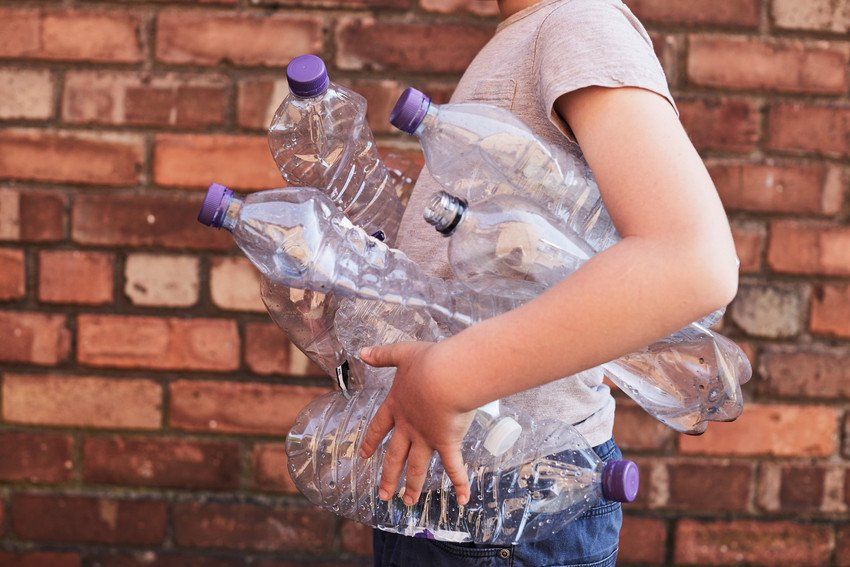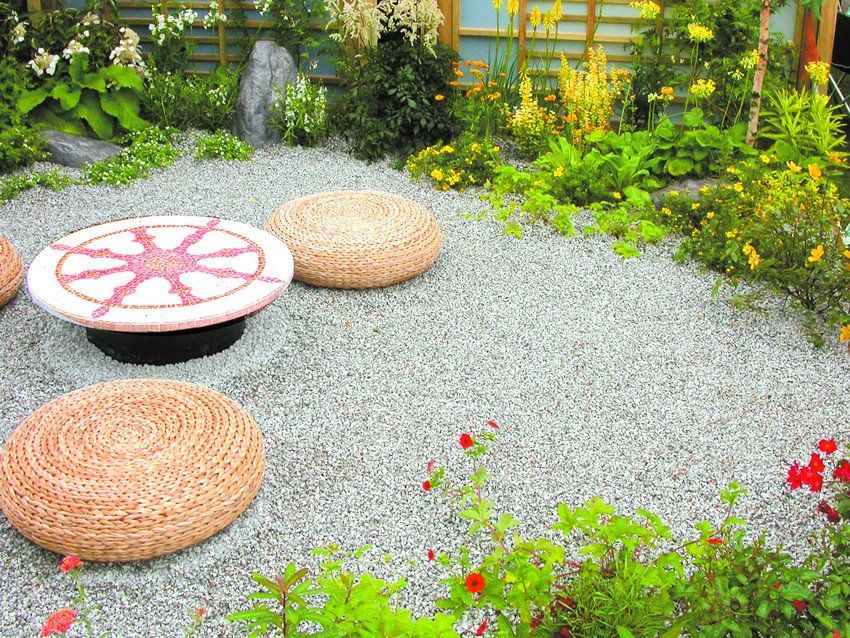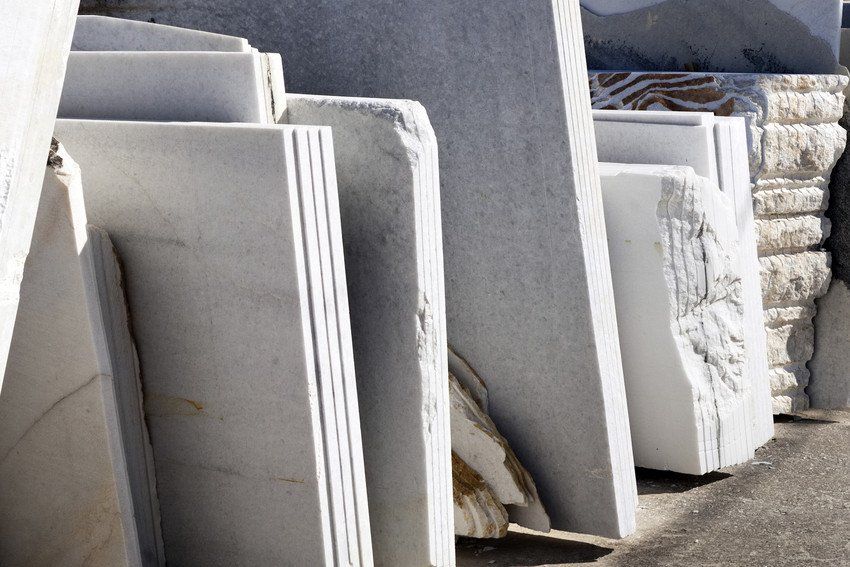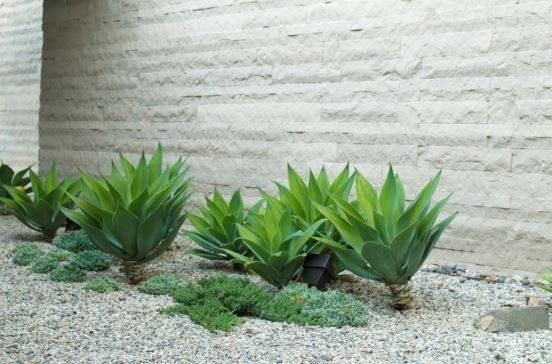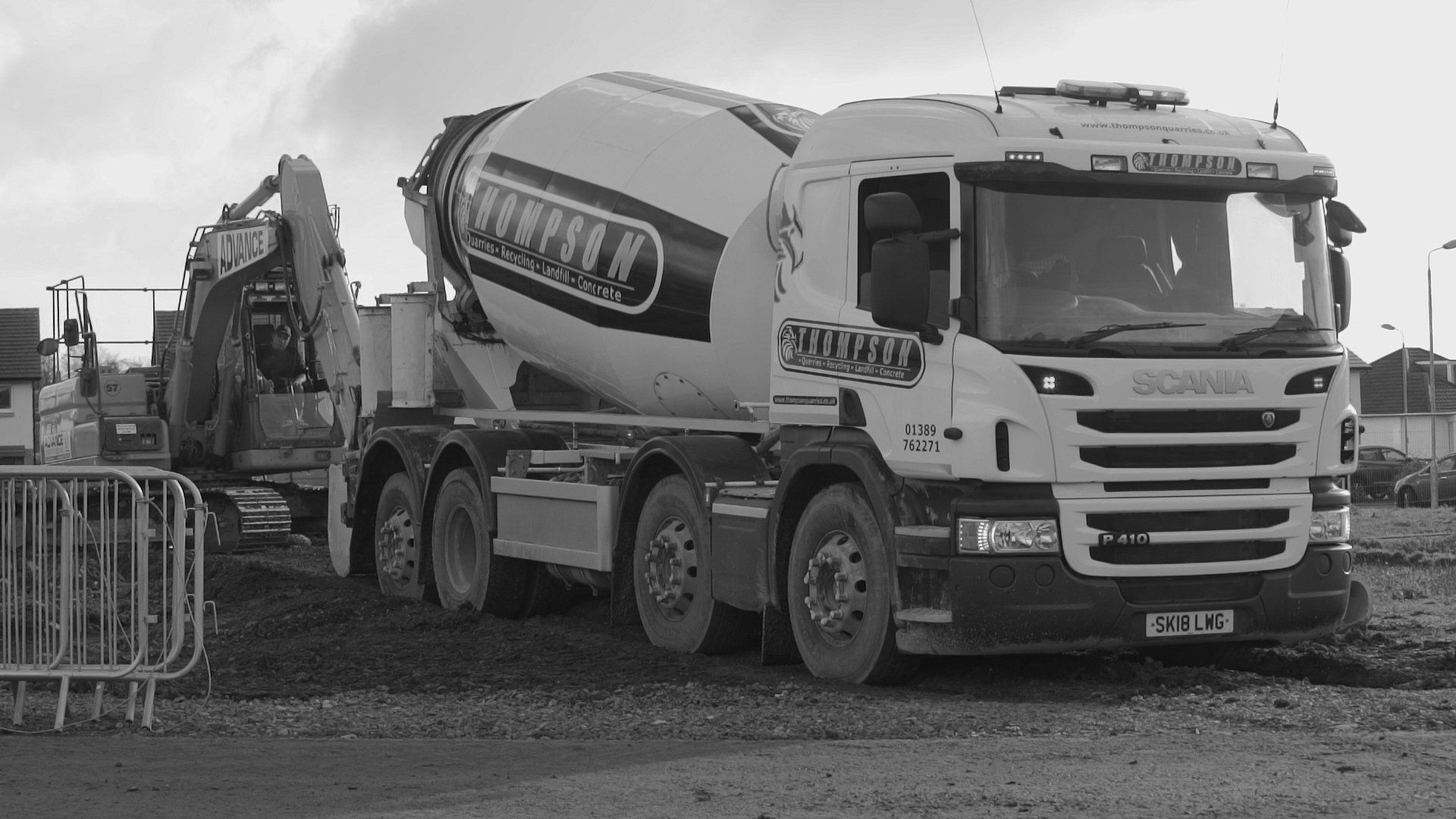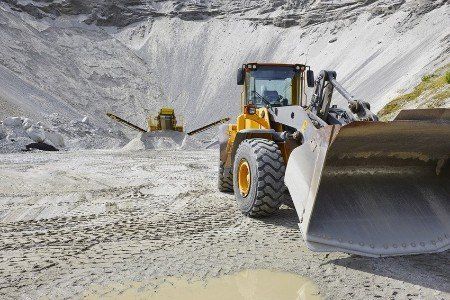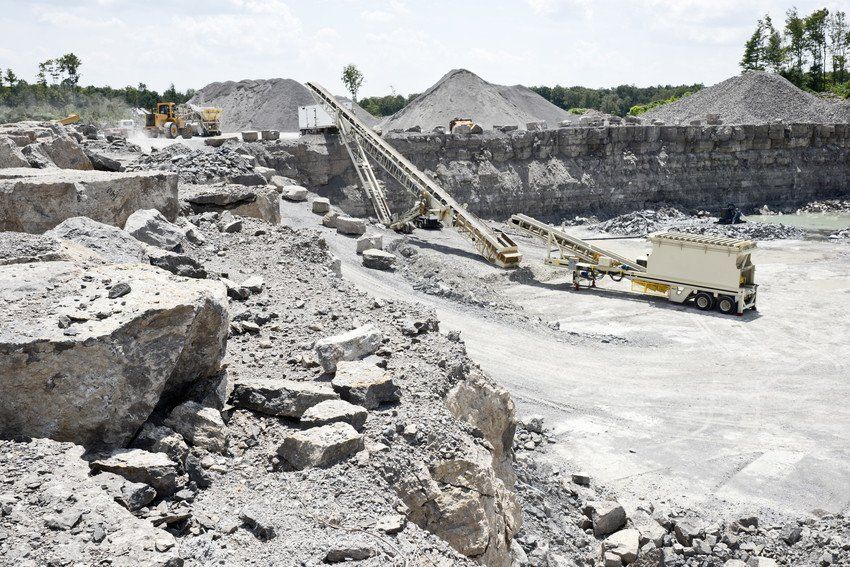The many uses of gravel in construction
- By William Thompson & Son
- •
- 20 Dec, 2018
- •
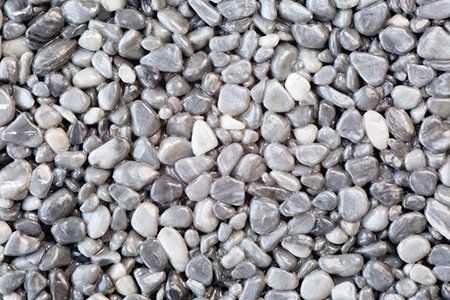
There is no doubt that the construction industry and its workers make the world go round by helping to make our everyday lives easier, not to mention the countless number of construction disasters they fix to keep us out of harm. As one of the top nations with the best infrastructure in the world, it’s no wonder that our construction industry is worth billions. And yet, a simple thing like gravel is being used in most of the landscape around us without us even realising.
Simply put, gravel is a loose aggregation of small fragments of water-worn stone or rock. Deposits of gravel and sand are commonly found on beaches or in rivers and streams and are mostly made of quartz. However, they are also excavated from quarries around the country too.
Whether it’s the road you drive on when commuting from A to B, the path you walk your dog on or the concrete building you work or live in, we are surrounded by gravel. Since the earliest days of civilisation, gravel and sand have been used as construction materials. It’s no surprise really, considering it’s one of the most accessible natural resources.
There are so many uses and different types of gravel. It comes in several diameters - typically ranging from 3mm to 75mm - and can be sized to suit individual preference. And when combined with its best friend, sand, all manner of magic starts to happen. Let’s take a look at the many uses of gravel in construction.
Did you know that concrete is the second most used material on earth after water? And yes, you guessed it, gravel is used in the making of it.
First developed as early as Ancient Egypt, concrete has seen many civilisations rise and fall. For example, the largest ever concrete dome constructed is the Pantheon in Rome, built 2000 years ago. More recently, concrete forms a number of modern world wonders including the Burj Khalifa in Dubai and the Three Gorges Dam in China.
In beginner engineering terms, concrete is a building material that simulates the properties of rock. It can then be spread or moulded and forms a stone-like mass when it hardens.
Contrary to popular belief, concrete is not the same as cement. In 1824, a mixture of limestone and clay was developed and Portland cement was born which is an active ingredient of concrete. The commonly used recipe for concrete is 1 part cement, 3 part sand and 3 parts aggregate (gravel) for 3000 psi. Bound together and activated by water, this mixture forms an incredibly dense mass and hardens through a chemical reaction process called hydration.
There are numerous benefits to using concrete in construction - here are a few that you may need to know if working in construction:
● It is relatively cheap to produce, meaning individuals and construction companies save money on their projects.
● It has a long life with few maintenance requirements - it can be prone to cracking at times, but this is mostly down to the mixing process. Ensure there isn’t excess water in the mix and that the strength of the mix is correct for the job too. Another tip also: never pour concrete onto a frozen surface.
● It can be easily shaped and moulded before it hardens and can take on many forms for whatever your project requires.
● It is incombustible, meaning it does not burn if exposed to fire.
● It is durable and can provide thermal insulation so reduces the energy consumption of buildings.
It is possible to purchase concrete readily made, making life so much easier. Ready-mix concrete is great if you’re in a hurry or working on smaller projects, and the same goes for ready-mix cement also. Many companies can operate a concrete delivery service straight to you or your project site also.
As well as buildings, concrete can be used for roads, bridges and dams. Plus, it can aid structural applications to pavements, pipes and drainage systems. Without the crucial ingredient of gravel, we’d notice a huge negative impact on our day to day lives.
Stone and gravel in the garden
Another amazing way to use gravel is by enhancing your garden space. Garden landscaping is moving away from the pristine edges and prim paving to feature more natural shapes and states. This includes the use of stone and natural gravel too.
It can be considered a bit of a marmite material when used in the garden but there are many benefits. As well as this, there are so many different types of gravel to choose from, but the most popular are the more subtle natural shades. Here are some huge benefits to using gravel and stone in your garden:
● Easier to maintain - gravel is known to be hard-wearing and durable, plus it’s definitely easier to sustain than a lawn in flood conditions or sun scorching weather. In some cases, gravel can last for years and years and can be swapped out quickly and used in various parts of the garden too.
● Cheaper - many opt for gravel over paving, tiles and even lawn on occasion, as it’s a much cheaper alternative.
● Natural - as previously mentioned, garden trends are shifting to incorporate more natural looking elements and gravel will definitely conform to this.
So if you’re planning to revamp your garden, or are a company expanding into exterior landscaping and design, how about including gravel into your considerations?
As well as decorating elements, gravel has a very practical use in the garden by being one of the key materials in creating a soakaway. A soakaway is more than just a hole in the ground - it acts as a drainage system dealing with surface water (also known as runoff or rainwater).
Soakaways are traditionally gravel filled. Once you connect the drainage pipes, which carry the water to it, the water will gradually seep into the surrounding soil. Consider using wrapped gravel to help slow down the soil from clogging up the soakaway. Many people have a soakaway in their garden - they are efficient and have a low-environmental way of dealing with excess surface water.
Sourcing gravel for construction and other quarry products
The deep pit of a quarry is alien to most outside of the construction world, but we all know how important they are to our industry. The quarry is often where our gravel and other aggregates are excavated and where rocks such as sandstone and basalt are crushed down to size. Let’s take a look at the list of materials that can be used for construction that are uncovered in a quarry:
● Gravel/aggregates - probably the most commonly unearthed material from the quarry and the most traded in too.
● Sand - suitable for many uses, like gravel, quarries excavate sand and can be available in several different grades.
● Stone - natural stone products are often excavated from quarries including minerals like limestone and bath stone. There are also different types of stone such as type 1, gabion stone, armour stone, whindust and many others in different sizes.
There are hundreds of quarries dotted around the UK, and practically all of them provide construction companies with materials, so if you’re in need of some construction supplies, consider researching and getting in touch with one today.
William Thompson & Son - reliable quarry products
There you have it - gravel has a huge number of extensive uses and we probably wouldn’t be able to function without it. Construction companies couldn’t operate without gravel and aggregates in general and our whole infrastructure would suffer.
At William Thompson & Son, we know that gravel is one of the most important elements in any construction, whether you’re a DIY person or a high profile construction company. We have paved the way in terms of quarrying technology and always ensure we can tailor-make effective solutions to your construction project. We provide private individuals and businesses of lower Scotland with high quality construction aggregate products. Get in touch today to see how we can help you with your gravel, concrete and construction needs.

